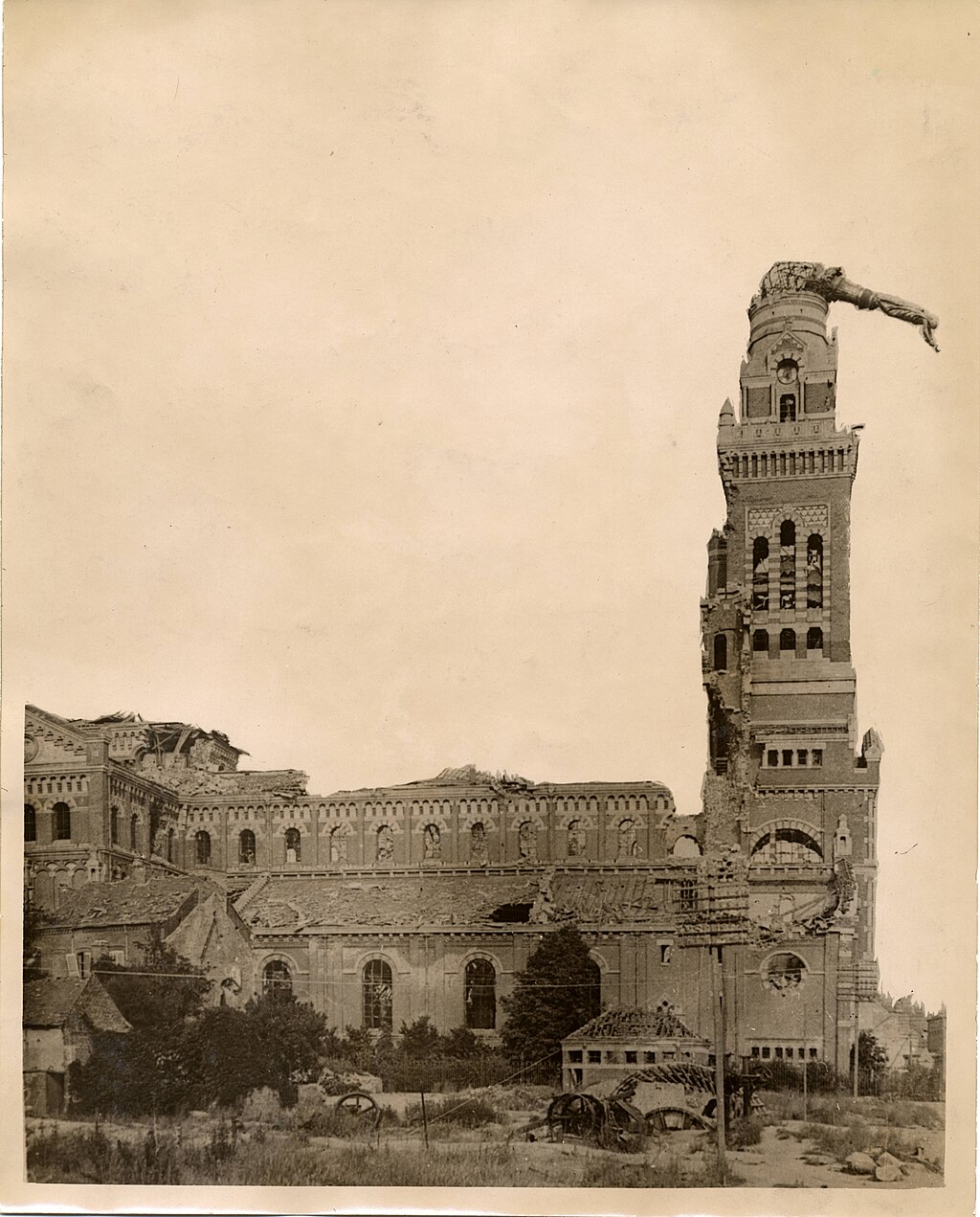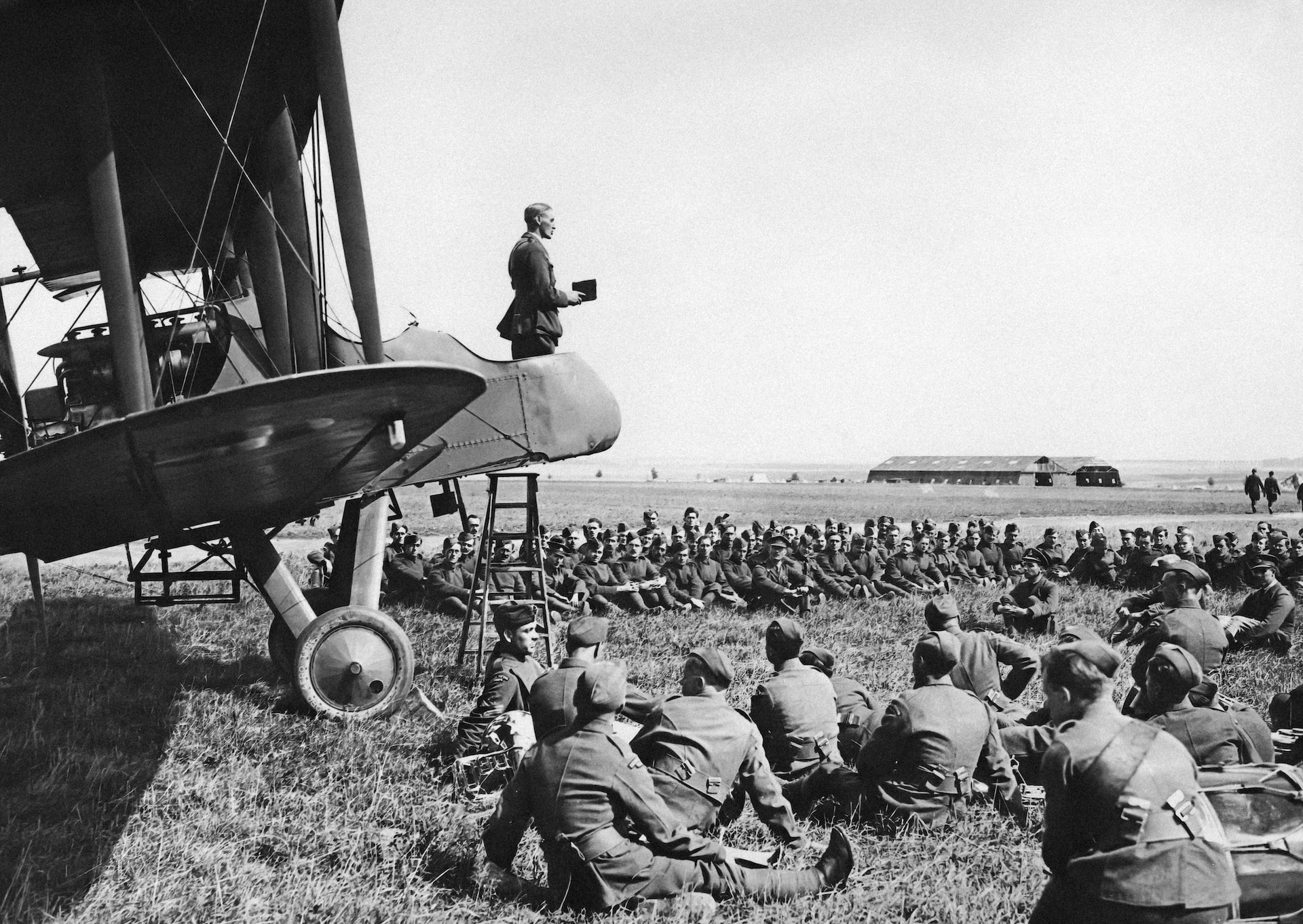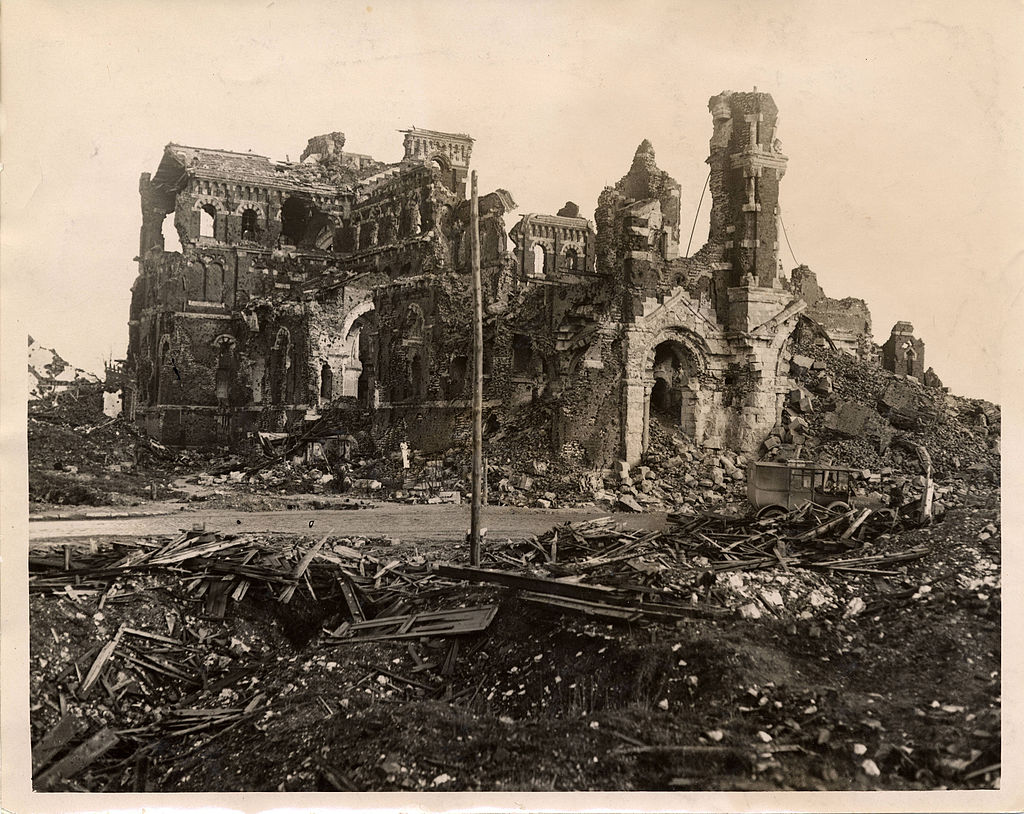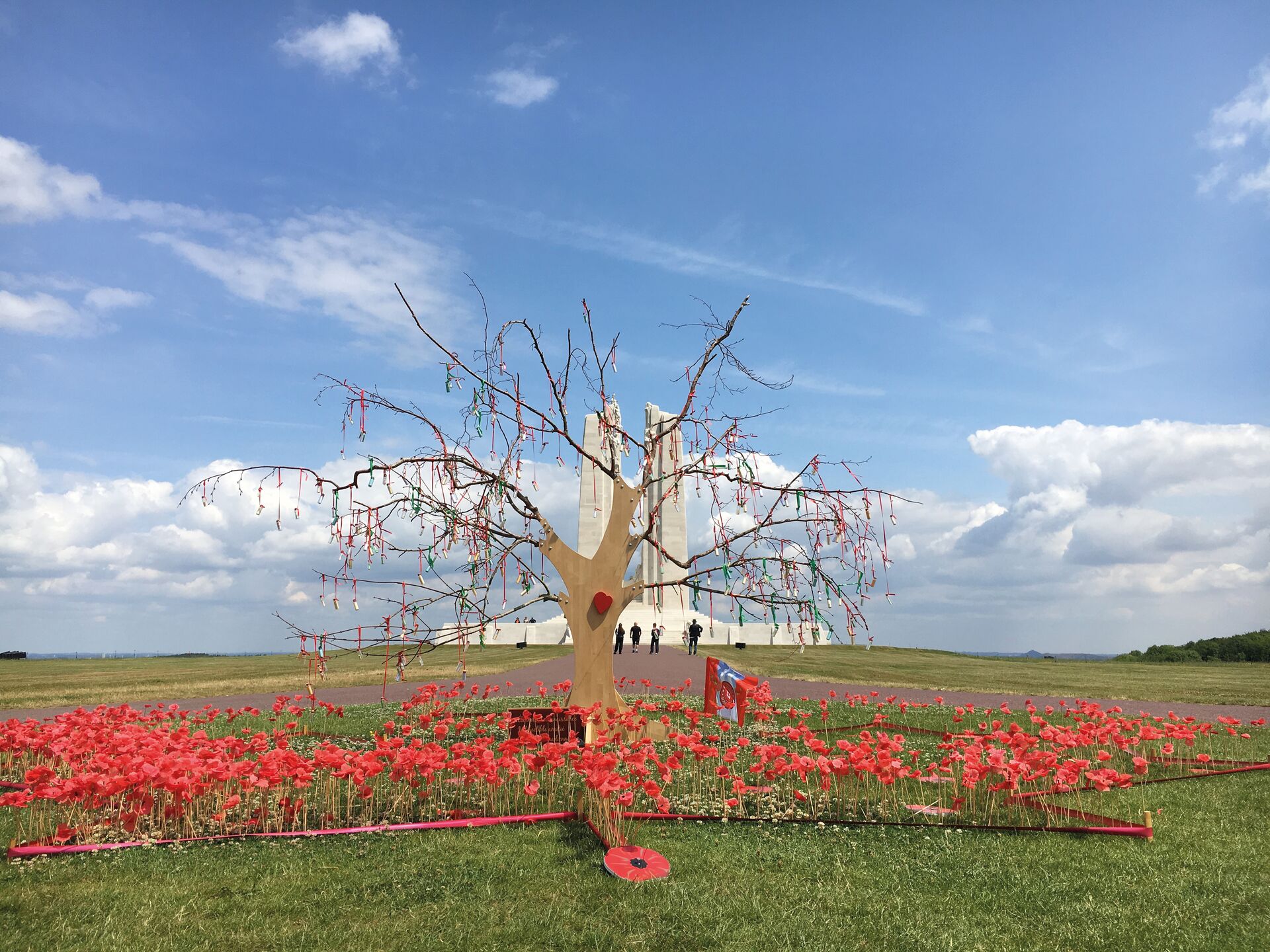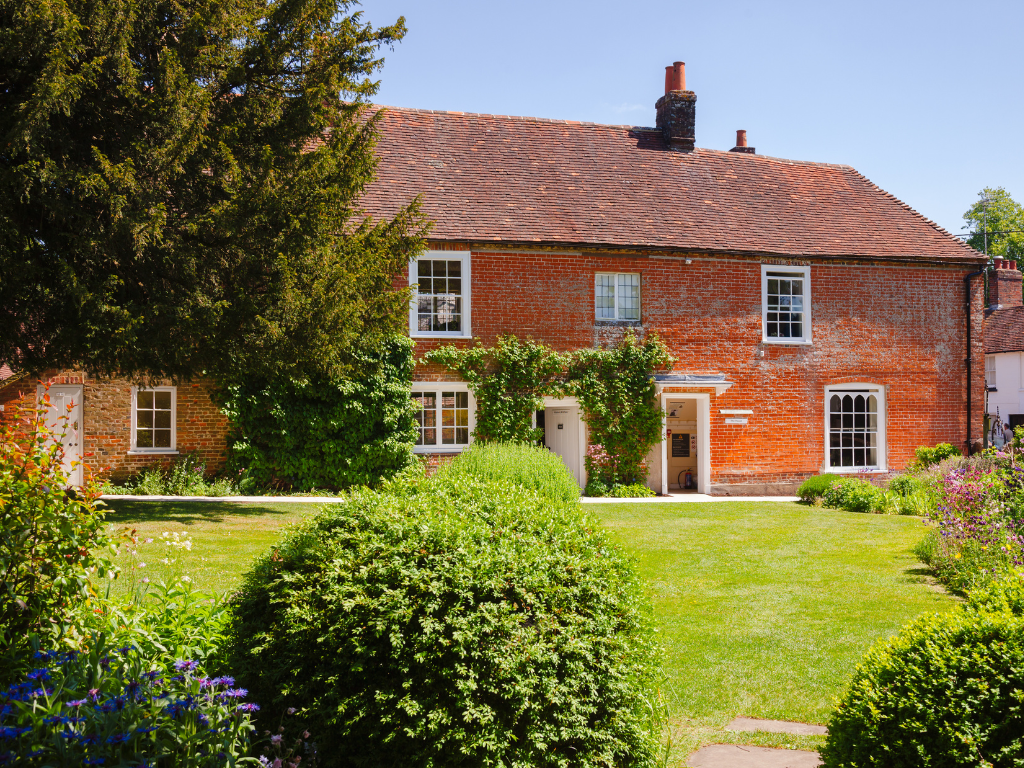The starting point for any tour of the Somme Battlefields, Albert saw some of the hottest action on the Western front through the Great War. The town’s impressive Basilique Notre-Dame de Brebières made for an excellent observation post for whomever occupied it. It is on top of the basilica’s striking tower that the iconic ‘Golden Virgin’ statue stands.
See the Golden Virgin for yourself on: World War I Battlefields
The Birth of The Golden Virgin
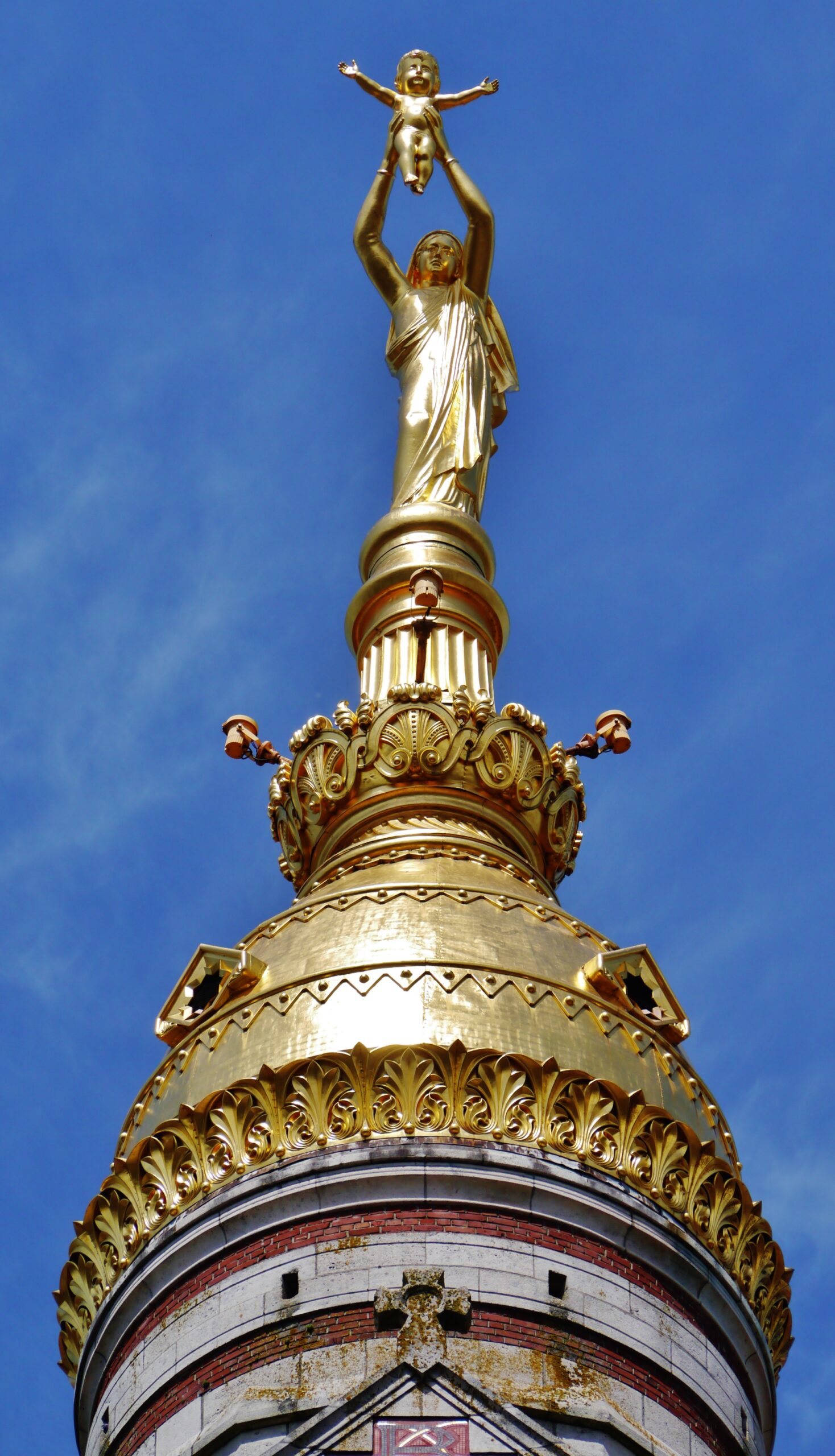 Zairon, CC BY-SA 4.0
Zairon, CC BY-SA 4.0
